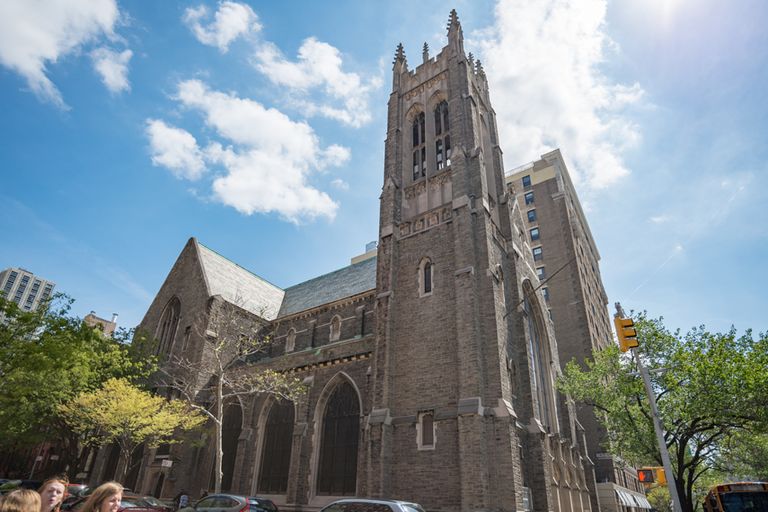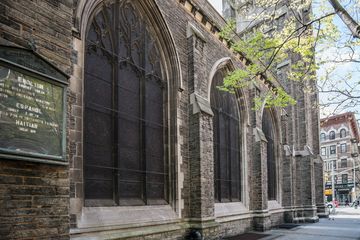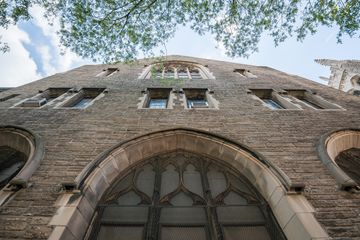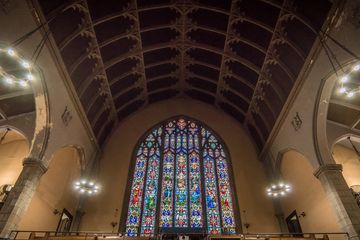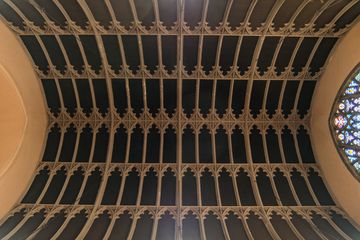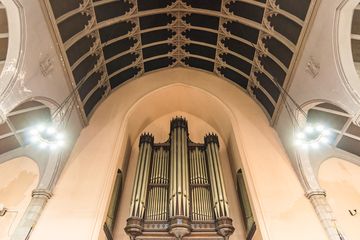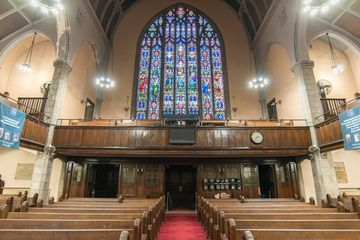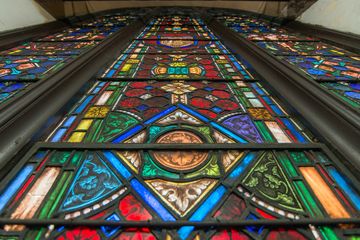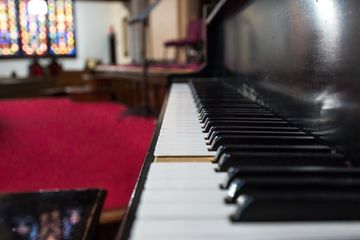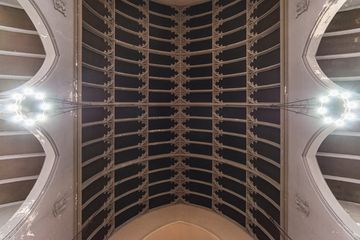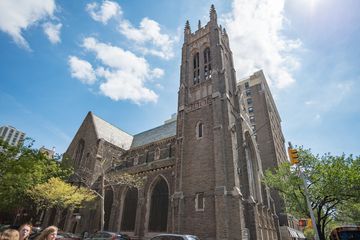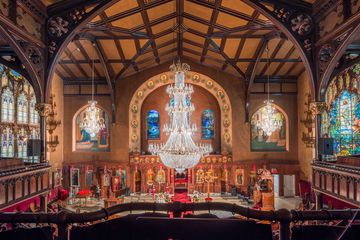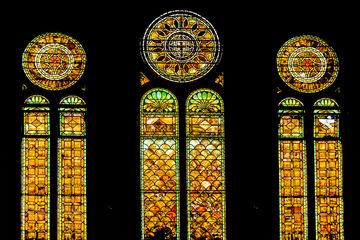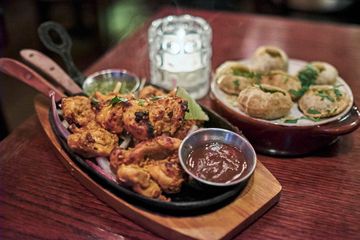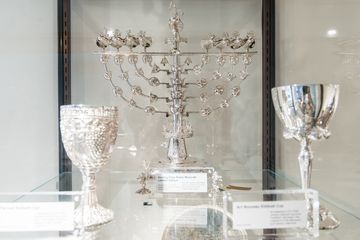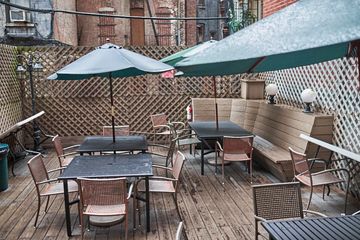The way in which Table d’Hote changed hands demonstrates how tight-knit the New York culinary community is. The small restaurant, which seats twenty-six, was started by Vivick Bandhu and Lauri Gibson. Lauri’s niece, Liz Chapman, is married to Jonathan Benno, who is probably best known for opening Per Se. Long before establishing Per Se, however, Jonathan worked at Gramercy Tavern as a line cook with William Knapp. The two men became good friends to such an extent that Bill was Jonathan’s best man at his wedding. And, it was here that he met Lauri and Vivick. The founders of Table d’Hote asked if Bill wanted to take over their restaurant, but he declined their offer. A few years later, however, Bill found himself at the end of a long stint at Loeb’s Boathouse. “I was done doing banquets, ” he told me. When Lauri and Vivick repeated their offer in 2011, Bill took them up on it. After the change in ownership, the restaurant was only closed for a week before Bill reopened it with a proper POS (point of sale) system and a full liquor license. Bill was greatly influenced by his time at Gramercy Tavern, especially when it comes to fresh, seasonal cuisine. He considers his time at the restaurant as a turning point in his career. He explained that while the food at Table d’Hote is expensive, that is because the ingredients come from the same markets as the produce at Per Se and Gramercy Tavern. “It’s simple food and it’s excellent food, ” he asserted. Many neighbors appear to agree with Bill’s evaluation, since he estimated that about sixty percent of his customers are regulars. Although there are some people who remember the restaurant how it once was and are disappointed that they cannot come in for a soup and a sandwich, the amount of people who are excited by the new version of Table d’Hote greatly makes up for it. Bill affectionately described the original owners as “hippies who started the restaurant as a place for dinner parties. ” Lauri and Vivick worked at the UN and ran the restaurant part-time – they were not restaurateurs. They recognized that when Bill took over, he would turn the cuisine up a couple of notches. Many have certainly appreciated the change, including Eli Zabar, who lives a few doors down. One day, Eli decided to have a large dinner party at Table d’Hote. He came with a box of food and asked Bill to turn it into a delicious dinner for his friends and family. Needless to say, Eli was thrilled with the outcome. One element of the restaurant that has remained the same, however, is the décor. The tables and chairs are rustic pieces that the founders discovered at flea markets and yard sales. The space continues to have the cozy French charm that it had when it originally opened. The ambience has also recently benefitted from the artwork of a local artist, John Jay Gebhardt. John changes the paintings on the walls each season, and has even sold a few pieces to the restaurant’s patrons. Though the menu changes seasonally, there are some popular dishes that Bill serves throughout the year. “The crab cake and mussels are pretty consistent, ” he said, after telling me about the cavatelli, which is handmade downstairs. When I visited, the leg of lamb had also become a nightly staple. As for fish, Bill makes sure that he always has salmon available. “When I take salmon off the menu, people cry, ” he said, dryly. The Manhattan Sideways team was fortunate to sample the creamy mussels and the succulent Peking Duck Breast, served with asparagus. Despite Table d'Hote’s excellent cuisine, Bill seemed to be most proud of his staff, who have remained consistent. “Everyone’s been here for at least four years, ” Bill said, adding, “Everyone has a key to the restaurant. I couldn’t be happier with the honesty of my staff. ” I learned that on Bill’s days off, Jeffrey manages the restaurant. Jeffrey and Bill have been together since they worked at Patroon in 1996. Bill related to me a time when Jeffrey tried one of Table d’Hote’s salad, made with red and green watercress, apple vinaigrette, and almonds. Teasing him, Jeffrey asked, “Where’d you steal this recipe? ” to which Bill replied, “I made it up! ” I also met Juan, who moved to New York after working as a car mechanic in the Dominican Republic and whom Bill bumped up from dishwasher to chef. Possibly the most recognizable face at the restaurant, however, belongs to Angelo, who is the lunch waiter every day. “People come in just to see him, ” Bill exclaimed. There have been times when, just by using his charisma, Angelo has been single-handedly responsible for having customers seated at every table both indoors and out. “I’ve seen him fill seventeen espresso orders at once by himself, ” Bill stated proudly. Each member of the staff works to make Table d’Hote a relaxed, homey place that just happens to serve superb food, prepared to the guest’s specifications. Bill ended our conversation by sharing that perhaps it is his friend - who also happens to be a chef - who put it best, “Every time I come, it’s like my personal chef is cooking for me. ”
